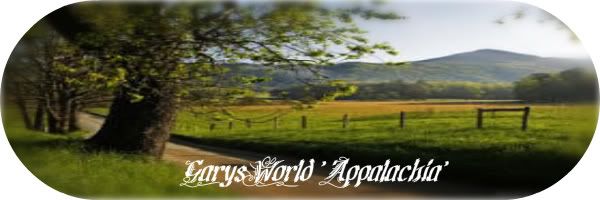Exploring Abraham Lincoln's Boyhood Home - 'GarysWorld Appalachia'
Birthplace of Abraham Lincoln
View the first memorial built to honor Abraham Lincoln. The memorial and its formal landscape protects the birth site of our 16th president. Visit Sinking Spring, the family’s water source.
Abraham Lincoln Birthplace National Historical Park
The Park focuses on Lincoln’s life in Kentucky. The Birthplace Unit demonstrates Lincoln's humble beginnings with a symbolic birth cabin enshrined within a neo-classic Memorial Building. The Boyhood Home Unit at Knob Creek Farm was home to Lincoln during his formative years. Events in Kentucky helped mold a young boy into the man who became the nation’s sixteenth President.
Lincoln's Birthplace Unit
The Birthplace Unit features 116 acres of Thomas Lincoln's Sinking Spring Farm. An early 19th century Kentucky cabin symbolizes the one in which Abraham was born. The cabin is enshrined inside the Memorial Building at the site of his birth. The Unit also includes the Sinking Spring, site of the Boundary Oak tree and other reminders of the nation's 16th President's beginnings.
“My earliest recollection is of the Knob Creek place.” So wrote Abraham Lincoln on June 4, 1860 to Samuel Haycraft, of Elizabethtown, Kentucky. Haycraft had invited the future President to visit his childhood home in Kentucky. The Lincoln family lived on 30 acres of the 228 acre Knob Creek Farm from the time Abraham was two and a half until he was almost eight years old. Here he learned to talk and soon grew big enough to run errands such as carrying water, and gathering wood for the fires. Abraham recalled in later years numerous memories of his childhood here; a stone house he had passed while taking corn to Hodgen’s Mill; a certain big tree that had attracted his boyish fancy; the old homestead; the clear stream where he fished, and the surrounding hills where he picked berries were all impressed on his mind.
He could remember how he stayed by his mother’s side and watched her face while listening to her read the Bible. Lincoln could also remember the baby brother who was born and died on the Knob Creek Farm.
He remembered one occasion when he and his sister Sarah had planted the garden; Abraham said he planted pumpkin seeds in every other hill and every other row while Sarah and others planted the corn. The following night a big rain in the hills sent water rushing into the creek, the creek flooded the fields and washed away their garden.
It was also at Knob Creek that Abraham first saw African - Americans being taken south along the Louisville - Nashville Turnpike, part of the old Cumberland Road, to be sold as slaves.
Lincoln once wrote that while living on Knob Creek he and his sister, Sarah, were sent for short periods to an A, B, C school – the first kept by Zachariah Riney, and the second by Caleb Hazel. These were subscription schools and lasted only a few months. Free schools did not come to Kentucky until the 1830’s.
Likewise, he never forgot the time he fell in the swollen Knob Creek while playing on a foot log near his home. Had it not been for Austin Gollaher, a friend and school mate, Abraham would probably have drowned. Austin, with a keen sense of pioneer knowledge, grabbed a long tree limb from the bank and held it out like a strong arm to the struggling Lincoln. Abraham spoke of the incident after he became President.
The family left Knob Creek and Kentucky in 1816 moving to Spencer County, Indiana.
Plan your visit at http://www.nps.gov/abli/planyourvisit/index.htm
Source NPS.gov
Abraham Lincoln (1930)
A biography of the beloved United States president by D. W. Griffith.
Photos by
Galen R. Frysinger


No comments:
Post a Comment